
views
- Lower your baby's crib mattress once your baby is mobile and moving independently, as well as when they're at least 35 in (88.9 cm) tall.
- Use the highest crib setting for newborns, the middle setting for babies starting to sit up, and the lowest setting for mobile babies.
- Start transitioning your baby to a bed when they're between 18 months and 3.5 years old.
When to Lower the Crib Mattress
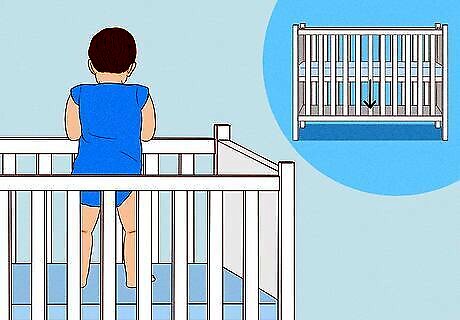
Lower the crib mattress when your baby shows signs of mobility. Your baby’s mobility developments are an exciting indication of their growth and a surefire way to know it might be time to lower the crib mattress. The recommended height of your crib will depend on your baby’s developmental advancements, meaning the timeline of proper mattress lowering will be unique to your baby. As a rule of thumb, if your baby exhibits any of the following signs, it is likely time to lower their crib mattress for safety: Becoming able to sit up without assistance Starting to pull up on their own Trying to climb out of the crib on their own Reaching a height of 35 inches (88.9 centimeters)
General Guidelines for Proper Crib Mattress Height
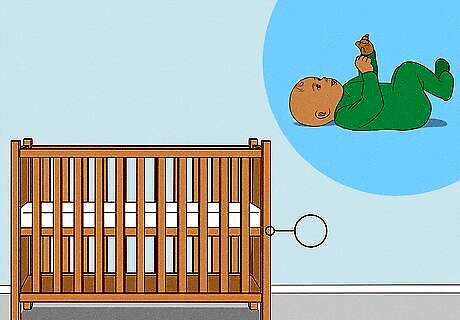
Highest crib setting: for newborns with little to no mobility The highest crib mattress setting is appropriate when your baby cannot sit up, pull up, stand or climb out of the crib. If your baby can do any of these things, you should promptly lower your crib’s mattress height to avoid what could be a fatal injury. According to the American Academy of Pediatrics (AAP), your crib’s mattress should be no less than 26 inches below the crib’s side panels for it to be safe for your baby to sleep in. For new parents, the highest crib mattress height is the easiest on your back, as you will be placing and picking up your baby from the crib countless times for plenty of feeding and sleeping.
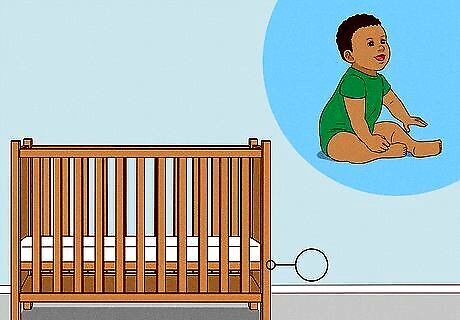
Middle crib setting: when your baby begins to sit up A crib mattress at a middle height setting is appropriate for babies who can sit up on their own. Mobility developments like sitting up on their own with little help typically occur between 4-9 months. Many cribs offer several middle crib mattress height settings. To find the perfect crib middle height for you and your baby, consult your crib’s manual to determine if your crib has multiple options.

Lowest crib setting: when your baby begins to stand or climb At the lowest crib mattress height, your baby will have shown signs of advancing mobility, such as sitting up without assistance, beginning to pull up on their own, and beginning to stand and climb on their own. If your baby is exhibiting any of these signs or has reached a height of 35 inches (88.9 centimeters), it’s time to change your crib mattress height to the lowest setting.
Lowering Your Baby's Crib Mattress
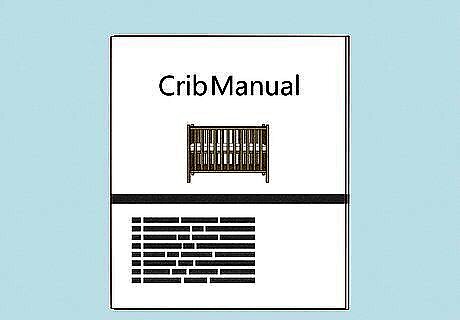
Lower your baby's crib mattress according to your crib's manual. If you’ve determined it’s time to lower the crib mattress height, not to worry! Lowering your baby’s crib properly to ensure your baby’s safety is easy. You should always consult your crib’s manual when lowering your crib mattress height and follow its specific instructions. In general, you’ll need to pay attention to the following: When lowering a crib’s mattress height, make sure your baby is in a safe, secure, and supervised location. Remove any bedding from the crib. Locate the lowest brackets and screws on the crib to verify the crib mattress will be at your desired height. Using the appropriate tool for your crib, unscrew the crib mattress from its current crib height setting and re-screw it into the lower or lowest brackets to adjust the mattress height. Check the crib for stability by pressing down on it. The improper assembly of a crib could lead to harm to your baby. Return and properly assemble any bedding back to the crib, such as a mattress cover.
When should you transition your baby to a bed?
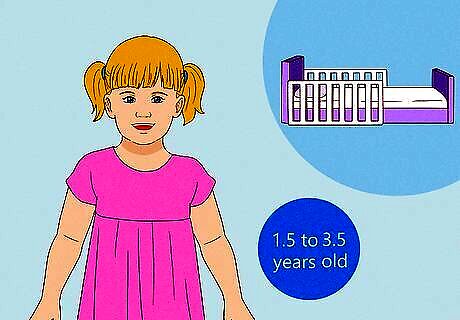
Transition your baby from a crib to a bed around 1.5 to 3.5 years of age. Much like lowering your baby’s crib, making the switch from crib to bed depends on your child. In general, most parents are advised to transition their child from a crib to a bed when their child begins climbing over the rails, which usually occurs between the ages of 1.5 to 3.5 years. Things to keep in mind:. You have plenty of options when determining what type of bed is best suited for your little one. Taking out your crib mattress and placing it on the ground is perfectly safe, or you can opt for a normal bed, futon, or more traditional toddler bed, which often come in fun shapes and are both smaller and lower to the ground. Do not transition your child to a bunk bed until they are at least 6 years old, as they are too dangerous for very young children due to the height of the top bunk. No matter what you choose, the important thing is to make sure all sides of the bed you select are protected from potential falls. Remove any obstacles, such as dressers with sharp corners, from the surrounding area to protect your child from injury. Even if they’re too small, using the same sheets or mattress cover on your child’s new bed will make them feel comfortable and help the transition go more smoothly.
Crib Safety and General Guidelines
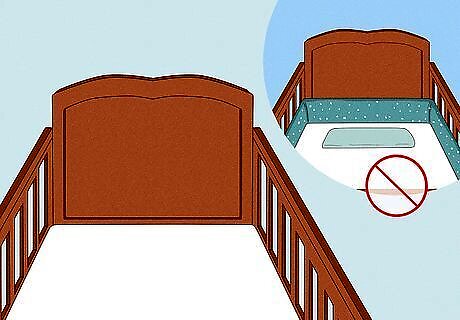
Protect your baby by following current crib-safety guidelines. Keep your infant safe from Sudden Infant Death Syndrome (SIDS) by eliminating any possible cause for suffocation by doing the following: When sleeping in the crib, always place your infant on their back Select a firm, tight-fitting crib mattress to use in your baby's crib No pillows, quilts, comforters, bumper pads, or similar should be allowed in your baby’s crib Sleepers (a one-piece outfit that covers the baby’s body) are safer than a blanket Only use bedding specifically designed and cleared for crib-use












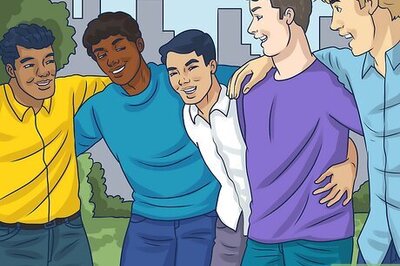
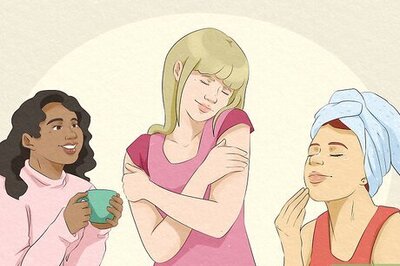
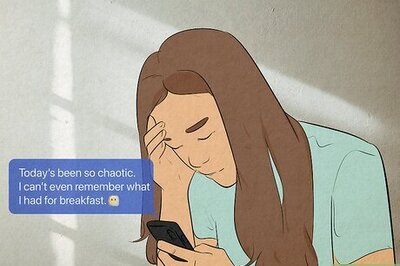





Comments
0 comment